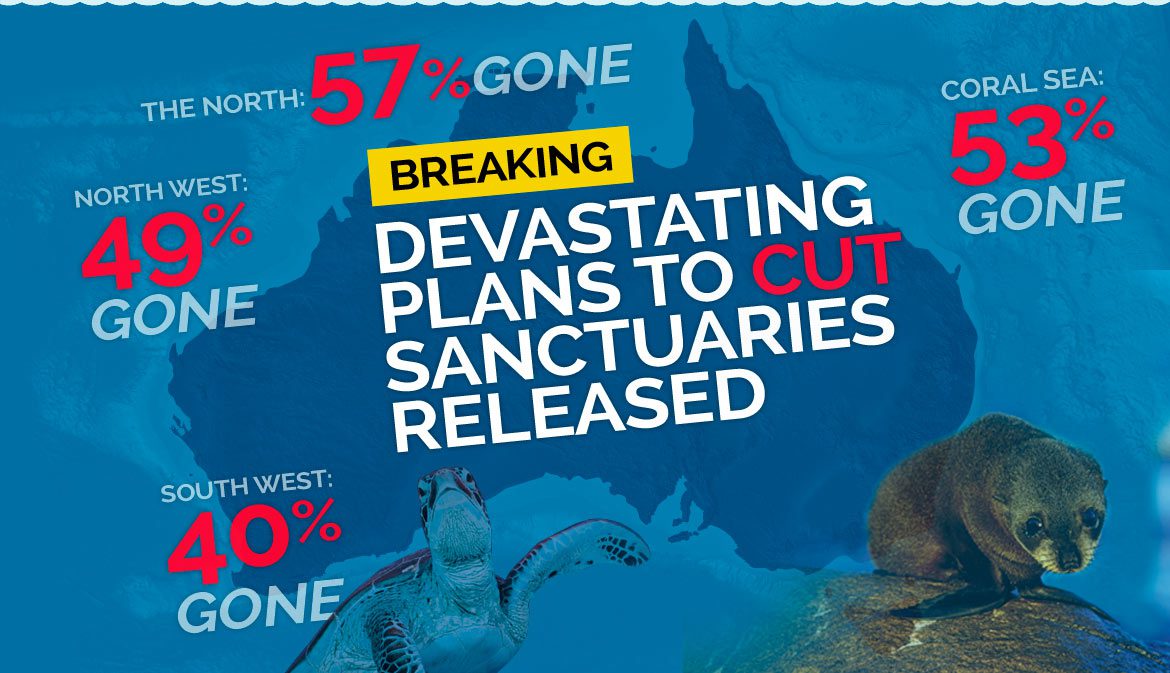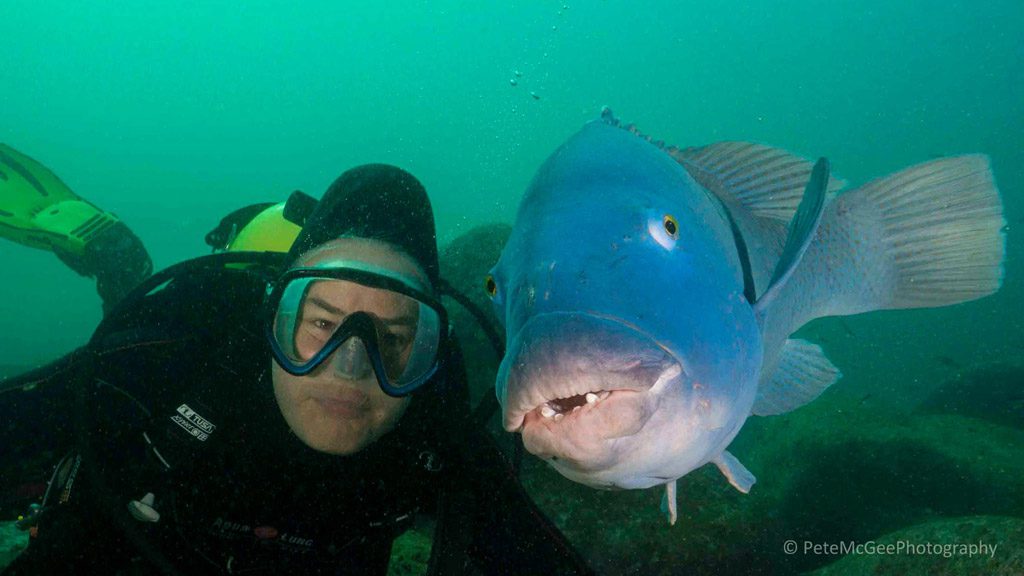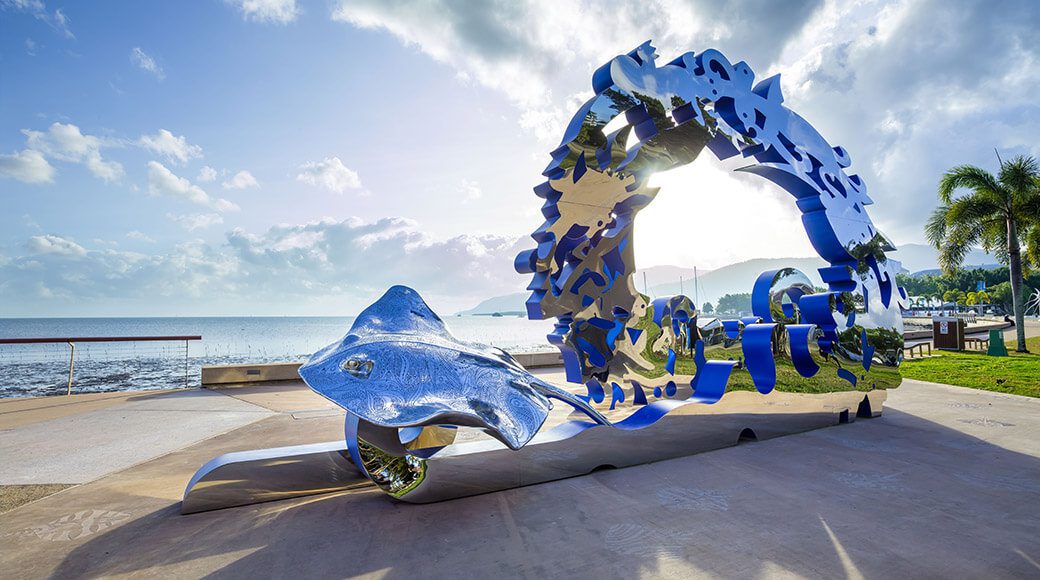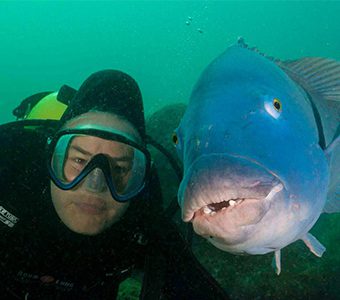Throughout the year Diveplanit has brought you news about the Marine Environment and as the year comes to a close, here’s a summary of ocean related news for the marine environment 2017 – the good, the bad and the ugly.
The above image is a horrible example of the ‘ugly’ – marine plastic pollution at Manta Point, a popular dive site in Nusa Penida, Bali, photographed earlier this year by Salt Sirens‘ Liam Higton Shirt.
There was bad news for the Federal Marine Reserves, but finally some good news for Our Reef. Here are the lowlights, and the highlights. (For more depth on each story – just follow the links).
Commonwealth Marine Reserves
It was not a good year for our Commonwealth Marine Reserves – these are the federally managed reserves that sit outside of the State managed coastal waters.
In 2012, Australia gazetted a final 40 marine reserves, establishing a world-leading National Network of Marine Sanctuaries.
Only one year later, Abbott, the biggest environmental vandal to enter Australian politics, suspended the Network.
In July 2017, Parks Australia released five draft management plans, which resulted in even less protection and proposed a significant name change from Reserves to Parks – which they pushed through shortly after. Of course, we all complained vociferously (again) but the jury’s still out on whether they will listen.
NSW Marine Estate Management
Meanwhile in NSW, the Marine Estate Management Authority (MEMA) released their draft Management Strategy 2018-2028. Several million fine words, but sweet FA in terms of actionable items. Here are just three items that could and should have been called out for immediate action.
It was acknowledged that “Climate change … represented a significantly higher threat to social and economic benefits than any other stressor.” Not just to NSW Marine Estate, but to humanity. Yet we have seen no action from our State Premiere to address NSW’s reliance on coal as a primary source of energy.
Likewise addressing “Improving water quality and reducing litter” with more working groups. Obviously they didn’t read the Senate report: “Toxic tide: the threat of marine plastic pollution in Australia“? We don’t need more working groups. We need: a bag on plastic bags; a ban on microplastics (across the board, not just in cosmetics); and a proper Container Deposit Scheme.
Their findings that 4WD cause more damage to the marine environment than recreational fishers is completely unsubstantiated. Nowhere has anyone quantified the extraction of marine species by recreational fishers of all types. Even fishers know that marine sanctuary zones (total no-take) are required if fishers want to keep fishing into the future. So give Sydney a Marine Park.
Hopefully you all had your say. Again, we’ll have to wait and see what the bureaucrats come up with.
Beyond Plastic Pollution
October saw the coming together of business, government, science, academia and community, at the Beyond Plastic Pollution conference. The conference sought to find pathways to cleaner oceans by exploring the latest research, testing the best solutions and encouraging diverse interests to work together. A great event sharing the best ideas and collaborating on practical solutions – let’s hope it becomes an annual event.
Finally, some good news for The Great Barrier Reef
In June, the Deloitte Access Economics report commissioned by the Great Barrier Reef Foundation with support from National Australia Bank and the Great Barrier Reef Marine Park Authority established:
- Our Reef is valued at $56 billion by assessing its economic, social and iconic brand values together.
- Our Reef provides employment to 39,000 people directly (64,000 indirectly),
- Our Reef contributes $6.4 billion per year to the national economy.
- Our Reef is the single natural asset that contributes most powerfully to Australia’s global brand.
This is how it would compare if it were a corporation.
November saw the annual coral spawning event, which despite two years of back-to-back bleaching events was still a magnificent spectacle. Better still, after a year’s trial, (using the ‘product’ of the 2016 spawning), Prof. Peter Harrison from Southern Cross University demonstrated that ‘baby corals’ conceived from the eggs and sperm collected during spawning can be used to form new coral colonies on small areas around Heron Island.
“The results are very promising and our work shows that adding higher densities of coral larvae leads to higher numbers of successful coral recruits.” Professor Harrison said.
Right next door, Lady Elliot Island will be the first new climate change ‘ark’ of the Reef Island Refuge Initiative established recently by the Great Barrier Reef Foundation.
Selected for its outstanding nature conservation values, Lady Elliot Island is one of the most important sites in the Great Barrier Reef World Heritage Area for seabird nesting and an important habitat for marine turtles, manta rays, dolphins, sharks and coral reefs.
A tailored on-ground action program will be developed to expand and accelerate the existing, award-winning environmental work already underway to further boost and accelerate the island’s resilience to climate change and other stresses.
Celebrities, like Simon Baker and Flume, are now standing up to be counted and calling on the people to act and the powers that be to finally pull finger.
All good news – but where do you come into this story? Andy Ridley’s much-anticipated Citizens of the Great Barrier Reef launched in November, so now you can sign-up, show your true colours with this clever campaign and commit to some action to help save the Great Barrier Reef.
Every day Ocean Advocates, heroes and Reef warriors
Against the background of news events, there are some people who work tirelessly to help protect our Oceans in some way every day.
Airlie Beach ocean advocate, Libby Edge, and her program, Eco Barge Clean Seas, is making an extraordinary difference on reducing the impact of plastic pollution on her patch of The Great Barrier Reef.
Across Australia, Surfrider Foundation, organise regular beach clean ups for the public and corporates. So make a New Year’s Resolution to join – even if you only do a couple of clean-ups a year – every little helps. (Alternately, want to swap a day in the office for a day at the beach? Check with your Corporate Social Responsibility rep – you could do a clean-up as a formal team-building / CSR day. Surfrider have all the details and can organise this for you).
If you’re asking the question: “But if all we do is clean-up, isn’t that all we will ever do?”
Answer: “No!” – not if you log the trash you collect and send the data to Tangaroa Blue. Tangaroa Blue, use the data supplied by you from your clean-ups, and turn that into upstream action, helping to clean up plastic waste at the source.
Finding sustainable seafood is getting easier thanks to the work of Marine Stewardship Council (MSC) who are addressing the problem of unsustainable fishing, and at the same time labelling seafood that has come from certifiably sustainable stocks to make it easy for you to make the right choices.
Ocean Movies
We also had our share of ocean-advocacy movies in 2017.
Chasing Coral: Coral reefs around the world are vanishing at an unprecedented rate. A team of divers, photographers and scientists set out on a thrilling ocean adventure to discover why.
The movie is available on Netflix here in Australia – so why not invite a few friends around – including some who are still on the climate change fence – and host a screening at home.
A Plastic Ocean: Scientists Solving a Jigsaw Puzzle…Gyre by Gyre. In the centre of the Pacific Ocean gyre researchers found more plastic than plankton. A Plastic Ocean documents the newest science, proving how plastics, once they enter the oceans, break up into small particulates that enter the food chain where they attract toxins like a magnet. These toxins are stored in seafood’s fatty tissues, and eventually consumed by us. You’ll probably need to host a screening to watch the full movie. But here’s the trailer.
Blue: It’s a harrowing fact that half of all marine life has been lost in the last 40 years. This new documentary featuring Shark Girl Madison Stewart, Blue is a provocative journey into the ocean realm, witnessing this critical moment in time when the marine world is on a precipice. Watch the trailer.
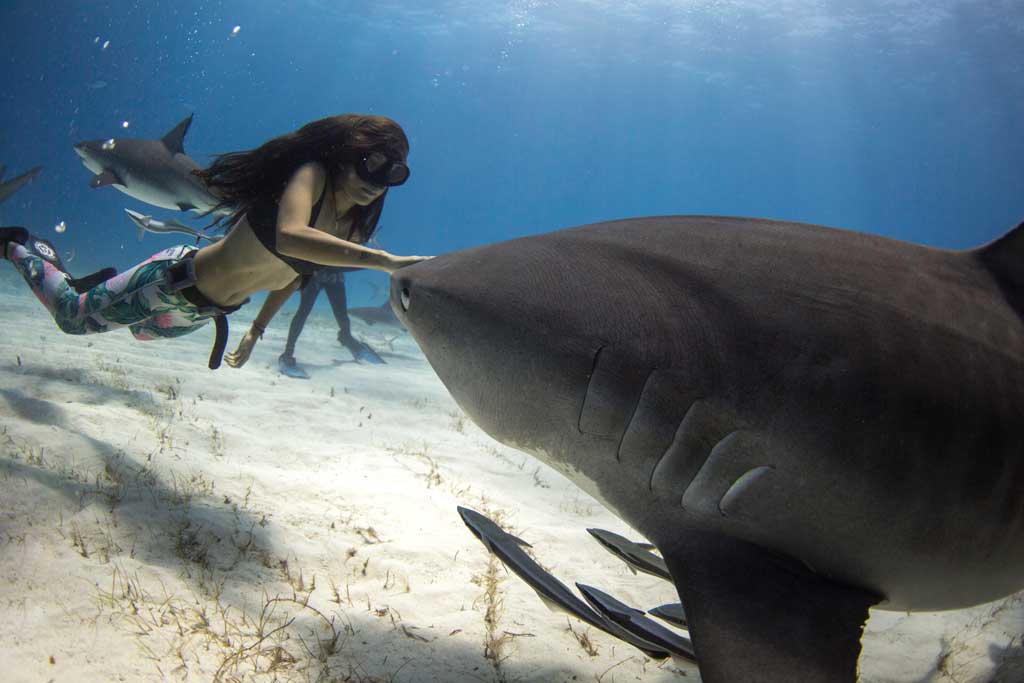
If, like us, you find it hard to stay optimistic sometimes, remember it is not all doom and gloom. Despite complete failure of Turnbull and Berejiklian to act, in other places, like Mexico, vast new ocean reserves to protect the ‘Galapagos of North America’ are coming into force.
And, together we have continued to block Adani’s Carmichael mine, possibly, permanently. So keep the faith and carry on your fight for our oceans at whatever level you’re engaged, and hopefully next year we’ll have better news to report.

